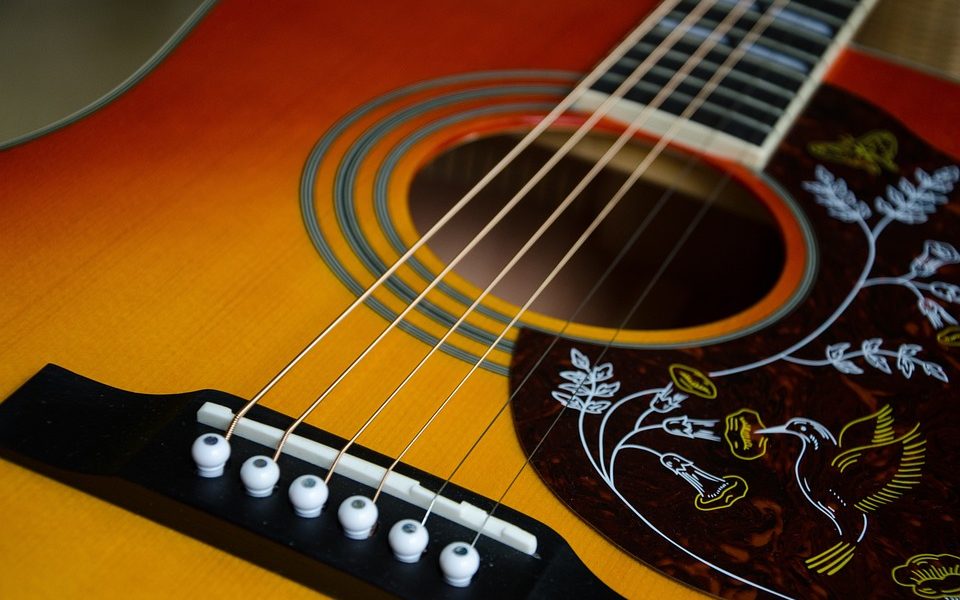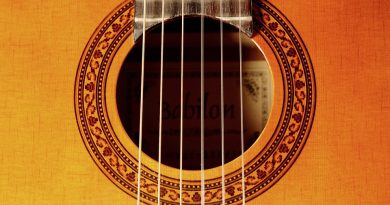Unlock the Hidden Power of Your Guitar with Music Theory Basics: A Beginner’s Guide
Unlock the Hidden Power of Your Guitar with Music Theory Basics: A Beginner’s Guide
As a guitarist, understanding music theory is essential for unlocking the full potential of your instrument. Many beginner guitarists may be intimidated by the thought of learning music theory, but the truth is that it can greatly enhance your playing and creativity. In this beginner’s guide, we will explore the basics of music theory and how you can apply it to your guitar playing.
Understanding the Basics of Music Theory
Music theory is the study of the fundamental elements of music, including pitch, rhythm, harmony, and melody. By learning music theory, you will be able to understand how music is structured and how different elements work together to create a cohesive sound.
One of the first concepts you should learn in music theory is the musical alphabet. The musical alphabet consists of the letters A through G, which correspond to the notes on the musical staff. Each note is a specific pitch that can be played on your guitar.
Another important concept in music theory is understanding scales. Scales are a series of notes played in a specific order that create a particular sound or mood. The most common scale in Western music is the major scale, which consists of seven notes. By learning scales, you will be able to create melodies and improvise more effectively on your guitar.
Applying Music Theory to Your Guitar Playing
Once you have a basic understanding of music theory, you can start applying it to your guitar playing. One of the first things you should do is learn the notes on the fretboard. Knowing where each note is located will help you navigate the fretboard more easily and play more confidently.
Another important concept to understand is chord construction. Chords are made up of three or more notes played simultaneously, and understanding how they are constructed will help you play more complex chords and progressions. By learning chord theory, you will be able to create your own chord progressions and understand how different chords work together harmonically.
In addition to scales and chords, rhythm is another crucial element of music theory that you should study. Rhythm is the pattern of sounds and silences in music, and understanding different rhythmic patterns will help you play with more precision and groove. Practice playing along with a metronome to improve your sense of rhythm and timing.
Unlocking Your Creativity with Music Theory
Once you have a solid foundation in music theory, you can start exploring your creativity and experimenting with different musical ideas on your guitar. By understanding how music is structured, you will be able to break away from common chord progressions and create your own unique sound.
One way to spark your creativity is by experimenting with different scales and modes. Modes are variations of the major scale that create different moods and sounds. By learning how to play in different modes, you can add depth and variety to your playing.
Another way to unlock your creativity is by studying music theory in different genres. Each genre of music has its own set of conventions and rules, and by studying the theory behind different genres, you can incorporate elements of them into your own playing. Experiment with playing jazz chords, blues scales, or classical arpeggios to expand your musical vocabulary.
Conclusion
Music theory may seem daunting at first, but it is an essential tool for any guitarist looking to improve their playing and unlock their full potential. By understanding the basics of music theory, you can navigate the fretboard with confidence, play more complex chords and progressions, and improvise with ease.
In this beginner’s guide, we have explored the fundamentals of music theory and how you can apply them to your guitar playing. By studying scales, chords, and rhythm, you can enhance your playing and creativity, and develop your own unique sound.
So, pick up your guitar, delve into the world of music theory, and unlock the hidden power of your instrument today!






